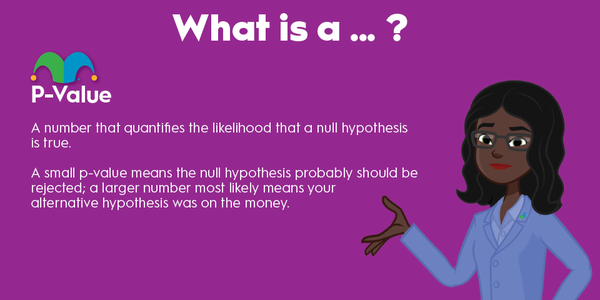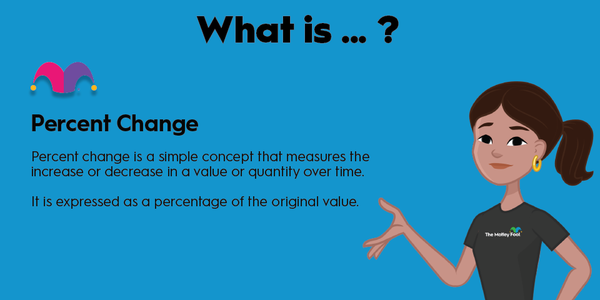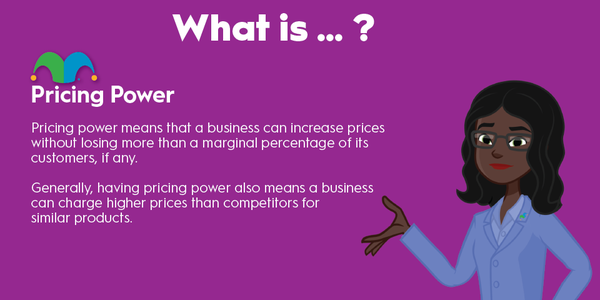Any time you're considering investing in a business, it's important to really understand the environment in which it exists. There are many ways to do this, but a PEST analysis is a simple and effective method.

What is it?
What is PEST analysis?
A PEST -- political, economic, social, and technological -- analysis is a way to look at business as it operates within its own environment. Businesses often use this to find ways to better accommodate or overcome factors they cannot change to become stronger or more agile. Investors can also use it to evaluate a business.
PEST analysis is similar to PESTLE analysis, which includes the elements of a PEST analysis plus legal and environmental issues. From the outside, the legal and environmental issues can sometimes be far more unknowable, making it a more difficult assessment for a stock investor.
Components
The components of PEST analysis
PEST analysis consists of four components that examine the environment in which a business operates. These are:
- Political. This component examines issues like governmental policy or legislation affecting the business, from overall economic policies to industry, tax, and niche-specific policies.
- Economic. It's also important to look at the economic environment, including all kinds of economic indicators and issues, such as supply and demand, inflation, and the effects of recession on the business.
- Social. Businesses are constantly affected by social pressures, such as demographics, cultural attitudes, and workplace cultures. These can change the demand for products or services, so it's important to be aware of their influence.
- Technological. Although widespread changes in technology are important, changes to an industry's use of technology matter to a company's bottom line. For example, if your company is still using outdated, less efficient technology, things can be improved.
PEST vs. Porter's 5 Forces
PEST analysis versus Porter's 5 Forces
Although PEST analysis (or PESTLE analysis) sounds like it's very similar to Porter's 5 Forces, it's a different type of tool. In PEST analysis, you're looking from the inside out to see how various pressures affect your company's specific position in its industry and how you can tighten things up to be more competitive.
With Porter's 5 Forces, your focus is more on the structure of the industry in which a business exists, the competition, and the risks associated with remaining in the industry. While this can also enable a company to tighten its processes, it's more about understanding the competitive environment specifically than where your business sits in the wider economy.
Related investing topics
When to use it
When is PEST analysis used?
Although investors can use PEST analysis to help get better insight into how a company is operating and how well it's doing what it's doing, it's also very useful to the business owners and operators themselves. There are three main reasons to use a PEST analysis:
- Dramatic changes in the external environment. If the world outside your business is changing rapidly, you have to peek out and see what's going on and how you're keeping up with those changes. That could be anything from major global pressures, like the COVID-19 pandemic, to widespread technological adoption, like artificial intelligence.
- A move into a new market. New markets are often very difficult to crack, so more information is better. A PEST analysis in a new market can help you better present your product to your new customer base in a way that they will understand and accept.
- The creation of a new product. Maybe it's not a new market but a new product you're chasing. As with a new market, a new product is not always easy to present to the public and have them accept. Doing a PEST analysis for the product before you spend too much money on it will help you better understand the challenges ahead.






































































